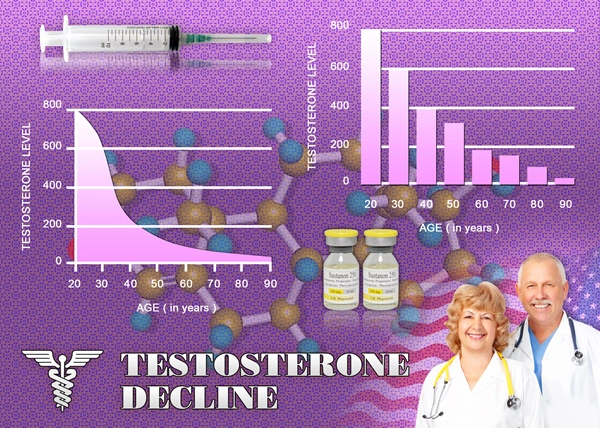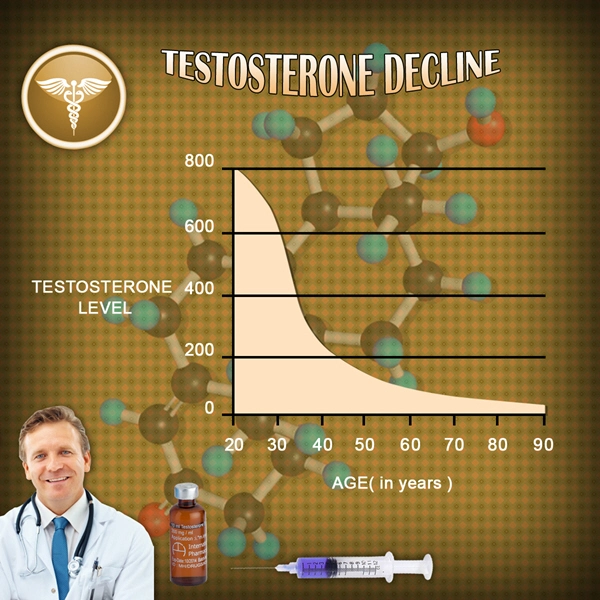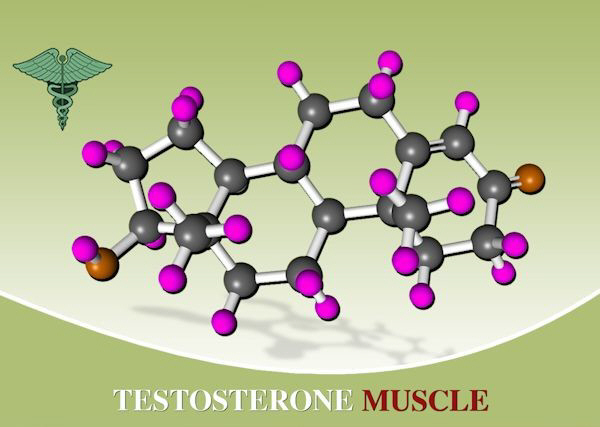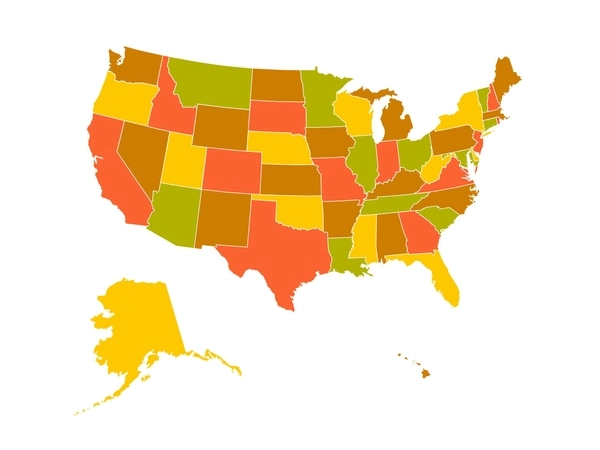GET MOVING! You hear it constantly. For many folks, it is an annual New Year’s Eve Resolution to join a gym...with disheartening but predictable results. The gym is packed in January, begins to thin out 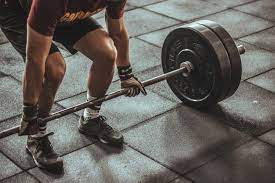 by February, and by March, the gym has returned to its “before the New Year’s Eve Resolution crowd” waddled in.
by February, and by March, the gym has returned to its “before the New Year’s Eve Resolution crowd” waddled in.
Why is this? So many people cannot stay with a fitness routine for several reasons. But one of the most common is the time factor. Today’s fast-paced, high-tech, stress-filled, always “ON” environment makes incredible demands on our time.
An elaborate fitness regimen requires dedication, discipline, motivation, and, most important, FREE TIME! For the average person, free time is a rare commodity.
But most of us should be able to find time for a good, old-fashioned walk.
It’s common knowledge that walking is a low-impact way for all ages to stay healthy. Many strive to get in those recommended 10,000 steps daily that our wearable fitness technology urges us to achieve. But is walking enough? How many calories are we actually burning?
Wearable devices might not be the answer. There are several wearable 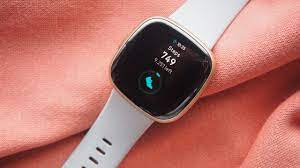 and online calculators to count the calories burned while walking. However, research has found they are not entirely accurate,
and online calculators to count the calories burned while walking. However, research has found they are not entirely accurate,
One study in the Journal of Applied Physiology found that many folks are burning more calories than reported by fitness monitoring tools. In the vast majority of cases examined, too few calories burned were reported
Having said that, wearable technologies aren’t entirely useless. They can chart the progress of your calorie-burning goals. Using a fitness tracker to help you recognize when you hit your target heart rate zone can help you maximize your walk's calorie-burning and health-boosting benefits.
How do you get an accurate idea of your calorie-burning potential when walking? You burn more calories in a shorter amount of time with a fast pace of exercise that elevates your heart rate.
However, walking is a moderate-intensity exercise, not an explosive type of exercise that you do in short bursts called high-intensity interval training (HIIT).
Therefore, walking at a consistently brisk pace that keeps your heart pumping would burn more calories.
But research has found that changing your pace to vary your intensity while walking can increase your metabolic rate by 6% to 20% more than remaining at a steady pace throughout the duration of your walk.
However, the National Institutes of Health discovered that hitting the pavement is the key, regardless of whether you rotate the pace between slow and steady or HIIT.
The significant takeaway between these two conflicting studies is to walk, regardless of the pace. Just get moving. Listen to your body.  Monitor your heart rate and see how you feel.
Monitor your heart rate and see how you feel.
The American College of Sports Medicine puts your target heart rate for moderate-intensity physical activity at 64% to 76% of your maximum heart rate. Because walking is not a high-intensity exercise, you will achieve the most extensive caloric burn by doing it at moderate intensity, which means a brisk but sustainable pace for you.
The Centers for Disease Control and Prevention has a simple formula for estimating your maximum age-related heart rate: subtract your age from 220. For example, if you’re 73, your estimated maximum heart rate is 220-73 = 147 beats per minute.
Therefore, for a 73-year-old, a moderate-intensity heart rate is between 94 and 112 beats per minute. While exercising, you will feel your breathing rate increase, but you should still be able to carry on a conversation.
Based on the above research showing an even more considerable metabolic boost with varied intensities, you must also change your pace to include short durations of low intensity.
You achieve light-intensity exercise at a heart rate of 57% to 63%, according to the ACSM. For a 73-year-old, that would mean 84 to 93 beats per minute, which should feel like a very comfortable pace where you can easily carry on regular conversations.
The fat-burning difference of walking
Walking is often touted as a great fat-burning exercise and for good reason. The human body is highly efficient. When we run, the body knows it needs energy and will go after carbohydrates, a more efficient form of energy than fat.
But when walking, the body, in its innate wisdom, will call upon fat for fuel and keep the carbs in reserve when needed.
The existence of a “fat-burning zone,” where you blowtorch belly fat, is primarily a misconception, but, as just mentioned, you can get your body to burn fat for energy. When you’re walking at a lower intensity with your heart rate in the 57% to 63% range, you are more likely to be using fat for fuel.
Because you are strolling with a slower heart rate, you will be expending less caloric energy — but the calories you burn will be from fat. No matter your speed, form matters. Most of us learned to walk as infants, but as we aged, many of us developed bad walking form.
 Like any other form of exercise, walking in bad form can lead to chronic pain and even injury. So pay attention to your stride. When done correctly, walking is a safe, convenient, and beneficial way to deliver all-around good health and longevity and burn calories.
Like any other form of exercise, walking in bad form can lead to chronic pain and even injury. So pay attention to your stride. When done correctly, walking is a safe, convenient, and beneficial way to deliver all-around good health and longevity and burn calories.
There are no trips to the gym, no gym fees, and no need to purchase expensive equipment for a home gym or buy unique clothing. All you need is a comfortable pair of shoes and the motivation to get off the couch!
Reference
https://www.cnn.com/2021/10/18/health/best-way-burn-calories-walking-wellness/index.html
Contact Us Today For A Free Consultation

- Weight Loss Cure - Metabolic Cookbook - Video [Last Updated On: January 25th, 2024] [Originally Added On: July 12th, 2013]
- Qualigen Receives FDA Clearance for Its FastPack® Vitamin D Immunoassay [Last Updated On: January 25th, 2024] [Originally Added On: July 16th, 2013]
- How Julia Montes lost weight [Last Updated On: January 25th, 2024] [Originally Added On: October 4th, 2013]
- Home - Dr. Jenyons Medical Weight Loss and Rejuvenation Center [Last Updated On: January 25th, 2024] [Originally Added On: December 8th, 2013]
- Dieters Beware: Weight Loss Products May Use Deceptive Marketing [Last Updated On: January 25th, 2024] [Originally Added On: January 8th, 2014]
- FTC Announces $34 Million in Settlements with Companies Over Bogus Weight-Loss Products [Last Updated On: January 25th, 2024] [Originally Added On: January 9th, 2014]
- The Point of P3 : #3 Food Sensitivities Discovered to Help Weight Maintenance - Video [Last Updated On: January 25th, 2024] [Originally Added On: May 19th, 2014]
- The Weight Loss Black List; Twelve Dangerous Weight Loss Ingredients [Last Updated On: January 25th, 2024] [Originally Added On: May 31st, 2014]
- Getting a degree in dieting [Last Updated On: January 25th, 2024] [Originally Added On: June 10th, 2014]
- Eat your way to a hot body [Last Updated On: January 25th, 2024] [Originally Added On: June 21st, 2014]
- 7 Fad Diets You Shouldn't Try [Last Updated On: January 25th, 2024] [Originally Added On: July 19th, 2014]
- Try the cookie diet? [Last Updated On: January 25th, 2024] [Originally Added On: July 25th, 2014]
- 14 Fad Diets You Shouldnt Try [Last Updated On: January 25th, 2024] [Originally Added On: July 26th, 2014]
- B12 Injection Therapy as Part of Hormone Replacement Therapy - Video [Last Updated On: January 25th, 2024] [Originally Added On: August 12th, 2014]
- FTC continues cracking down on weight loss scams [Last Updated On: January 25th, 2024] [Originally Added On: December 13th, 2014]
- Micronutrients: The Gateway to Cellular Health Function 101 [Last Updated On: March 1st, 2024] [Originally Added On: June 24th, 2020]
- Could a Revolutionary Weight Loss Strategy Be on the Horizon? [Last Updated On: February 24th, 2024] [Originally Added On: August 19th, 2020]
- Controlling Testosterone Levels Through Diet [Last Updated On: February 12th, 2024] [Originally Added On: October 12th, 2020]
- Selecting the Ideal Intermittent Fasting Protocol [Last Updated On: January 25th, 2024] [Originally Added On: October 20th, 2020]
- Limiting the Influence of Estrogen on Male Hormone Balance Through Diet [Last Updated On: January 25th, 2024] [Originally Added On: December 31st, 2020]
- Vitamin D and Sunlight for Mood and Hormone Balance [Last Updated On: January 25th, 2024] [Originally Added On: February 22nd, 2021]
- Testosterone-Boosting Foods: Nutrition for a Man [Last Updated On: September 18th, 2024] [Originally Added On: March 24th, 2021]
- Boost Your Testosterone With a Low-Calorie, Ketogenic-Focused Diet [Last Updated On: August 30th, 2024] [Originally Added On: June 1st, 2021]
- The Standard American Diet is Linked to Poor Testicular Function [Last Updated On: August 23rd, 2024] [Originally Added On: June 8th, 2021]
- Drinking Water Alone Isn’t Enough [Last Updated On: August 26th, 2024] [Originally Added On: March 22nd, 2022]
- A High-Protein Diet – Good for Testosterone Levels or Not? [Last Updated On: September 3rd, 2024] [Originally Added On: March 29th, 2022]
- Inflammatory Foods Linked to Low Testosterone [Last Updated On: September 5th, 2024] [Originally Added On: July 18th, 2022]
- Vitamins and Nutrients that Keep Hair Healthy and Vibrant [Last Updated On: August 11th, 2024] [Originally Added On: November 23rd, 2022]
- Are You a “Soy Boy”? [Last Updated On: December 3rd, 2023] [Originally Added On: February 10th, 2023]
- Finding the Origin of Prostate Cancer to Stop Cancer Before it Starts [Last Updated On: October 25th, 2024] [Originally Added On: February 13th, 2023]
Word Count: 923

